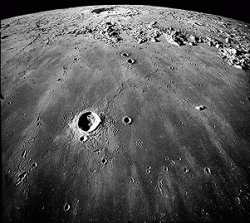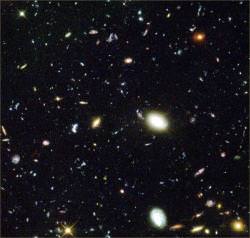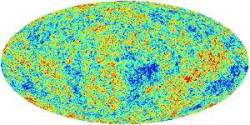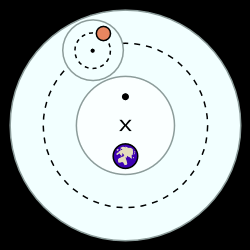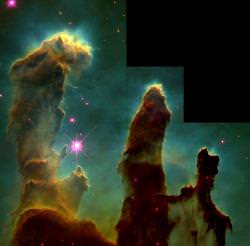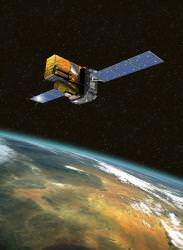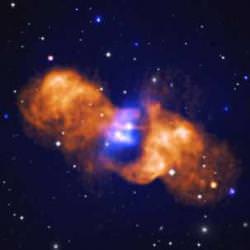As predicted, we had a huge number of listener questions after our puzzling trilogy about the nature of space itself. Is the Universe really a big donut? Could you see the same star in all directions? If the Universe is expanding, there must be an edge? Right? Listen in as we decrease the number of headaches by 5, and get a special bonus explanation you can use on the dark matter deniers in your life.
Click here to download the episode
Questions about the Size, Shape and Centre of the Universe – Show notes and transcript
Or subscribe to: astronomycast.com/podcast.xml with your podcatching software.


